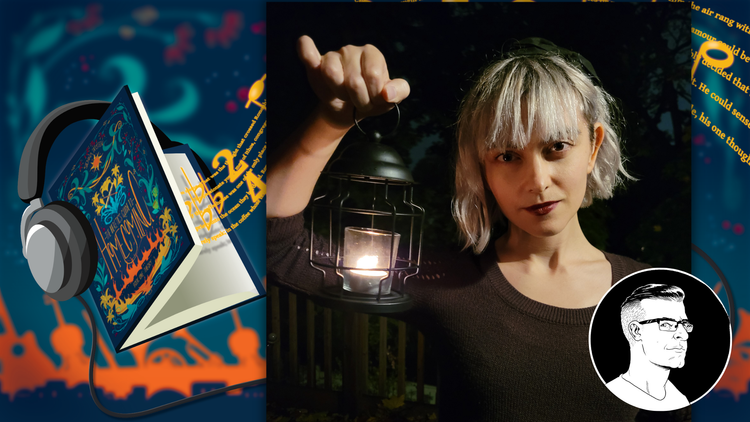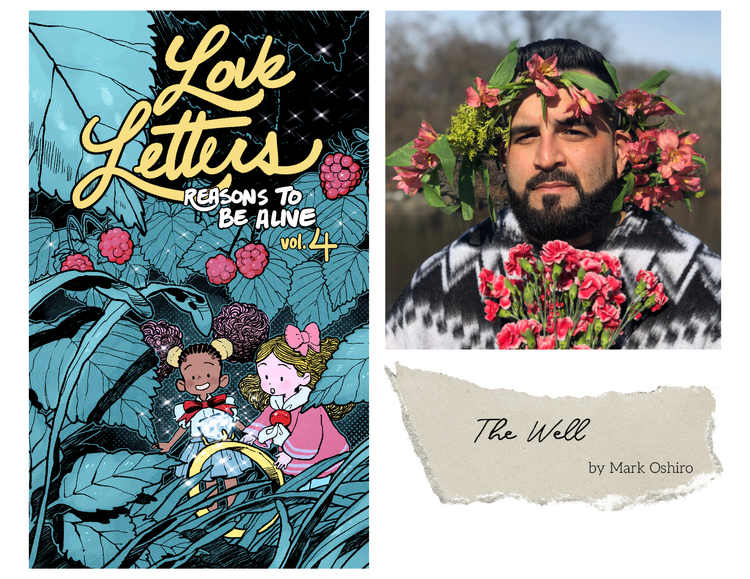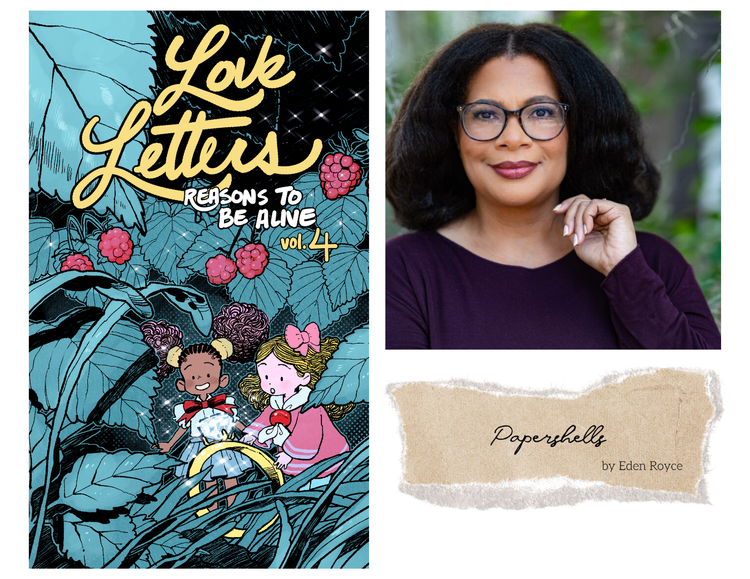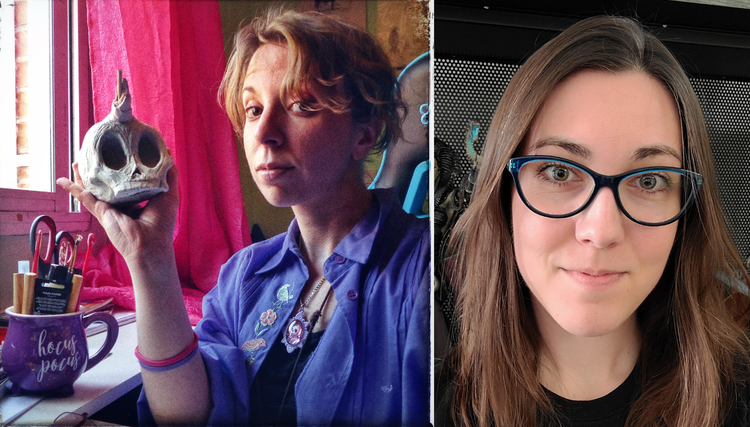Contemporary Black Women Deserve to Be Heroes of Their Own Mystical Adventures

Clarence A. Haynes, a native Afro-Latinx New Yorker, is the coauthor of actor/producer Omar Epps’s lauded sci-fi/fantasy series Nubia: The Awakening and The Reckoning. He is also the author of the middle-grade nonfiction work The Legacy of Jim Crow. Haynes has penned articles for Newsday, Huffington Post, The Root, and The Grio, among other publications. He resides in Brooklyn, New York.
When I was around seven years old, growing up in the Bronx and a child of Panamanian immigrants, I started to collect comic books. I devoted myself over the ensuing years to some of the most popular titles of the 1980s, like the allegorical Uncanny X-Men, the edgy (and sexy!) New Teen Titans, and the futuristic Legion of Super-Heroes. And I lost my mind when reading the miniseries Crisis on Infinite Earths, one of the most sprawling, thematically layered projects I’ve ever read to this day.
While I was known as a voracious reader in elementary school, the texts presented to me by the city’s public school system at the time couldn’t compare to these colorful, adventure-filled worlds that relied upon colorfully clad figures to showcase storylines around power, bigotry, teamwork (or the lack thereof), and human connection. To be fair, many of said storylines I didn’t fully understand. But I intuited that they were important, that they were taking me somewhere I would come to cherish. It was through comics, with its obvious emphasis on visuals, that I paradoxically forged an extensive vocabulary, running to the dictionary almost any time I encountered a word I didn’t understand.
Comics were by no means a racial panacea. It’s a medium historically prone to toxic stereotypes like so many other forms of literature. Still, it was also the place where I was more likely to see my experiences represented compared to what I was given in school. As an adult, when I would reflect on my tween reading habits, I came to appreciate how important it was that I saw Black folks in heroic circumstances, as leaders who were resilient and problem solvers though also quirky and imperfect, being accepted by people from a range of other backgrounds.
The character Storm, an Omega-level mutant woman of African descent who controls the weather, epitomized this dynamic for me. During the years I read the X-Men titles, she was the group’s primary leader, the one who called the shots for a group of people who hailed from all over the world. She experienced a robust life where she was commander, warrior, lover, peacemaker, strategist, surrogate sister, and surrogate mother, even while grappling with insecurities, the maturation of her personality, and childhood trauma. Her character’s complexity reflected what I knew. I was raised by a group of Black women that included my mother, grandmother, and older cousins. Later, I was fortunate to be mentored by and work for powerful Black women in the publishing industry. Seeing the world through the lens of Black women is where I feel the most like myself.
My immersion in comics started my lifelong journey down the path to be a devoted speculative fiction reader and, ultimately, editor and writer. My prose tastes have ranged from Margaret Weis and Tracy Hickman’s high fantasy Dragonlance series to Octavia Butler’s trailblazing sci-fi Afrofuturist works Wild Seed and Mind of My Mind. And though I’m happy to dive into the range of cultural experiences represented in fantastic narratives, whether on the page or screen, I still feel the need to be as true to myself as possible. Thus, I must foreground the experiences of Black and brown women that I grew up and worked with in the stories that I create. For my genre fusion fantasy novel The Ghosts of Gwendolyn Montgomery, which follows the mysterious mystical travails of the titular character, I not only drew upon my ethnic heritage but also the experiences of the women around me, personally, professionally, and in the ether.
One of my favorite images from the 1970s is of congresswoman Shirley Chisholm riding the NYC subway in a crusty train car with her future second husband, state assemblyman Arthur Hadwick Jr. She’s in a striped pattern dress with her trademark wig and glasses looking serene and kind and regal, occupying the space in a way that says, “Now why shouldn’t I be here, as fabulous as I am.” I think of the pictures and very short film clips I’ve seen of Toni Morrison when she was working as an editor at Random House back in the day, the determination, the insight, the vision. I think of how Ava DuVernay, who has steadfastly used film and TV to highlight social injustices against the Black community, always looks beyooooond fab in her social media posts. These women across history and time say to me that they deserve to occupy exalted spaces as much as anyone else, even more so when considering the amount of work they put in to carve spaces for themselves.
These are the people and experiences that inspire me, that remind me that there are so many ways to celebrate the fantastic and honor those routinely demonized and passed over. The character Gwendolyn Montgomery is a dark-skinned Black woman who’s an extremely hard worker with a love for fashion that’s revealed to be fueled by childhood pain and deprivation. One can, in fact, question the healthiness of her obsession with appearances. (Is it a form of distraction from pain she can’t bear to face?) But what shouldn’t be questioned is her right to exult in her style and accomplishments, and at the same time be a cherished protagonist in a tale that fuses the traditional with the contemporary. What are the array of stories out there waiting to be told? What are the permutations of genre waiting to be birthed when we expand our thoughts about who deserves to be a hero?
The Ghosts of Gwendolyn Montgomery by Clarence A. Haynes

To be a client of Gwendolyn Montgomery's, New York's most powerful publicist at Sublime Media, is to be infused with a certain oomph, a mysterious glamour. She seems to have created the ideal life with her handsome new boyfriend, the perfect match. But Gwendolyn has a secret: She's a mystical practitioner who can tap into the interdimensional, metaphysical realm of the dead known as El Intermedio. Gwendolyn has hidden her powers, buried her old life, and started anew.
After a grisly, bizarre incident at the Brooklyn Museum, Gwendolyn begins to realize that something nefarious is happening tied directly to her past right as Fonsi Harewood comes back into her world. Fonsi is a queer Latinx psychic from the South Bronx who's caught up in a love triangle with a ghost and his mortal ex. He's able to communicate with the dead, having established a robust business interpreting messages from departed loved ones. And he comes with a dire warning for Gwendolyn, that the barrier between humans and spirits is weakening.
Gwendolyn would prefer not to have anything to do with ghostly drama. Yet in order to get to the bottom of the spookiness derailing her life, she must face the demons she'd long left behind or the spirit world will be unleashed, threatening her very existence and all of New York.
Barnes & Noble | Bad River Website | Local Library | Find an Indie Bookstore






Member discussion